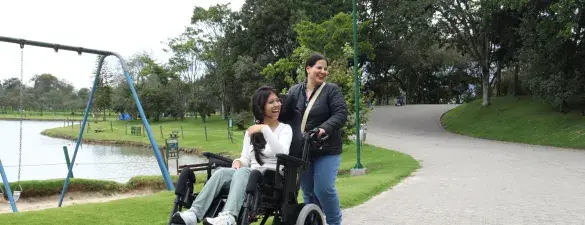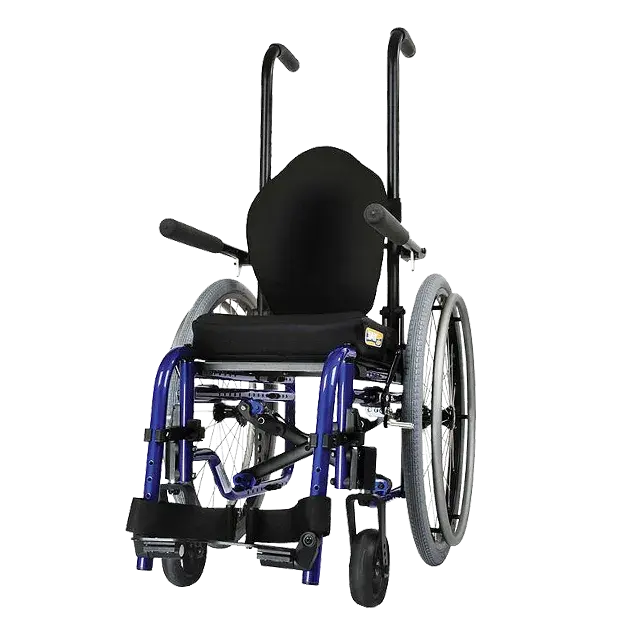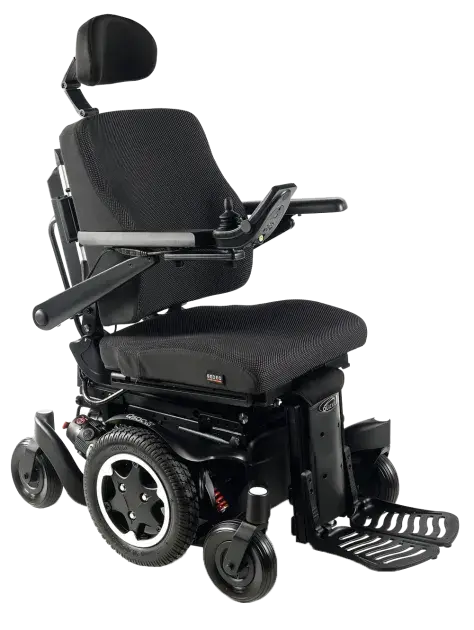
Mobility Meets Culture: How Local Traditions Influence Assistive Technology Adoption
In the global conversation around accessibility and mobility, we often focus on technology, design, and policy. But there's another vital element shaping how assistive devices are adopted and used: culture.
At Loh Medical, we serve a diverse range of communities across the Americas—from urban centers in the United States to rural areas in Latin America and the Caribbean. These regions are rich with traditions, social norms, and community structures that profoundly influence how mobility products are received and integrated into daily life. Understanding these cultural dynamics isn’t just respectful; it’s essential to delivering solutions that stick.
The Cultural Lens on Disability
In many communities, especially in rural or underserved areas, disability may still carry stigma or be misunderstood. This can lead to resistance—not just to assistive technology, but to the idea of seeking help at all. In contrast, other communities have strong support networks that promote inclusion naturally, even if formal infrastructure is lacking.
As we introduce mobility solutions—from complex power chairs to pediatric standing systems—we must understand the cultural context surrounding the person receiving it. Are independence and individual mobility prioritized, or is care typically provided within the family unit? Does the user feel empowered to advocate for their needs, or is decision-making traditionally handled by caregivers or community leaders?
Design Meets Daily Life
The design of a mobility device might be technically sound but still misaligned with a user’s lifestyle or environment. For instance:
- In coastal towns, uneven terrain and narrow doorways may render large power chairs impractical.
- In areas where users regularly attend religious or cultural festivals, portability and aesthetics can be just as important as function.
- In regions with limited public transportation, folding manual chairs may be preferred over more complex alternatives.
This cultural feedback loop—where product meets place—drives how we recommend, configure, and deliver each solution.
Culture-Driven Innovation
We’ve seen that the best outcomes occur when assistive technology is presented not as a disruption, but as a complement to daily life and tradition. Listening to users has also shaped how we evolve our product offerings. It's not uncommon for customers or caregivers to suggest customizations that make a product more practical in their environment—from weather-resistant cushions to footrests that accommodate regional footwear styles.
This cultural feedback isn't just anecdotal—it's valuable product insight that informs innovation across our entire portfolio.
Bringing the Global Home
Our goal isn’t just to bring world-class mobility devices into new markets. It’s to help them belong there.
By engaging with local customs, languages, and values, Loh Medical ensures that assistive technology is not only functional but embraced. Culture doesn’t stand in the way of mobility—it paves the way for more thoughtful, inclusive innovation across the Americas.






